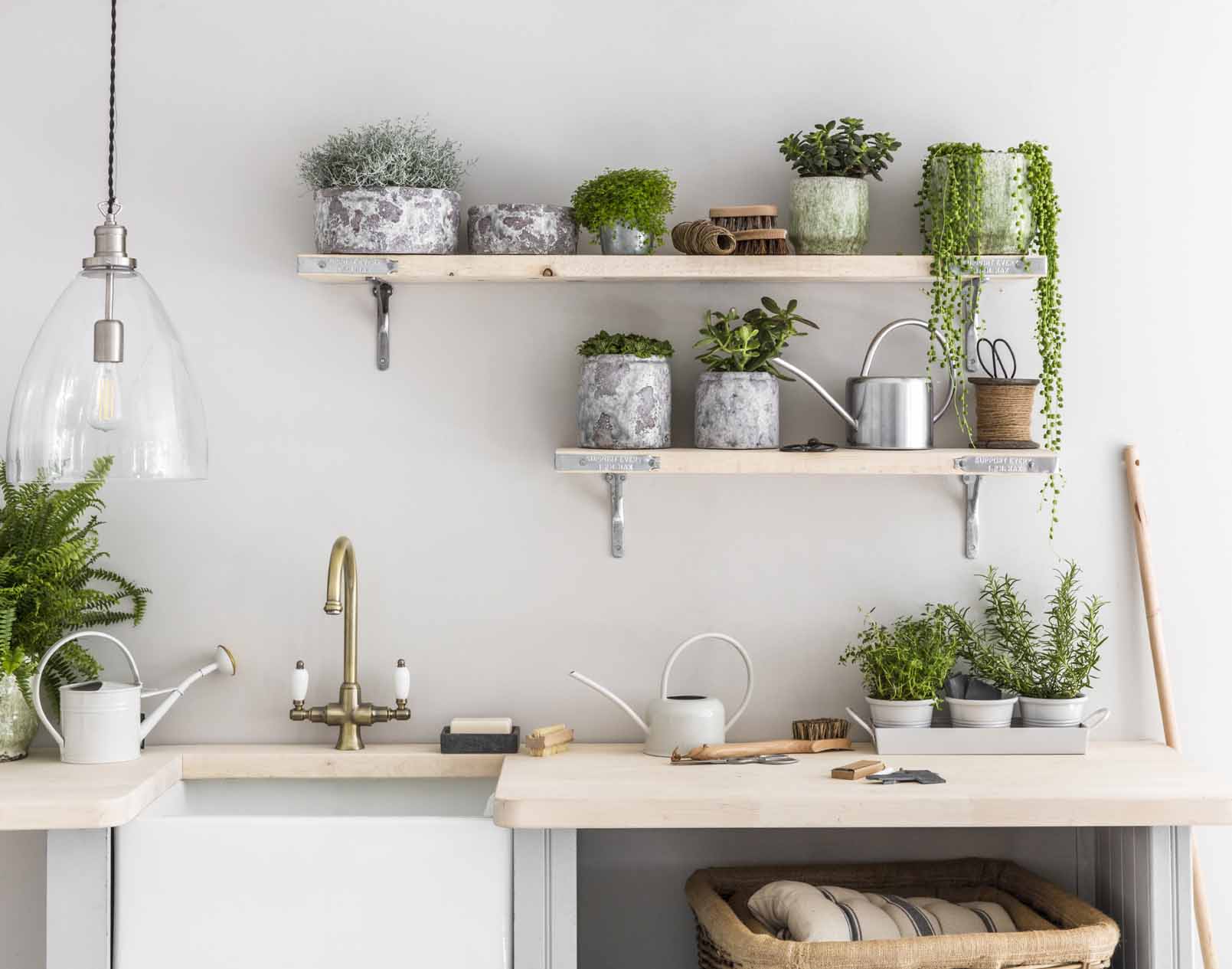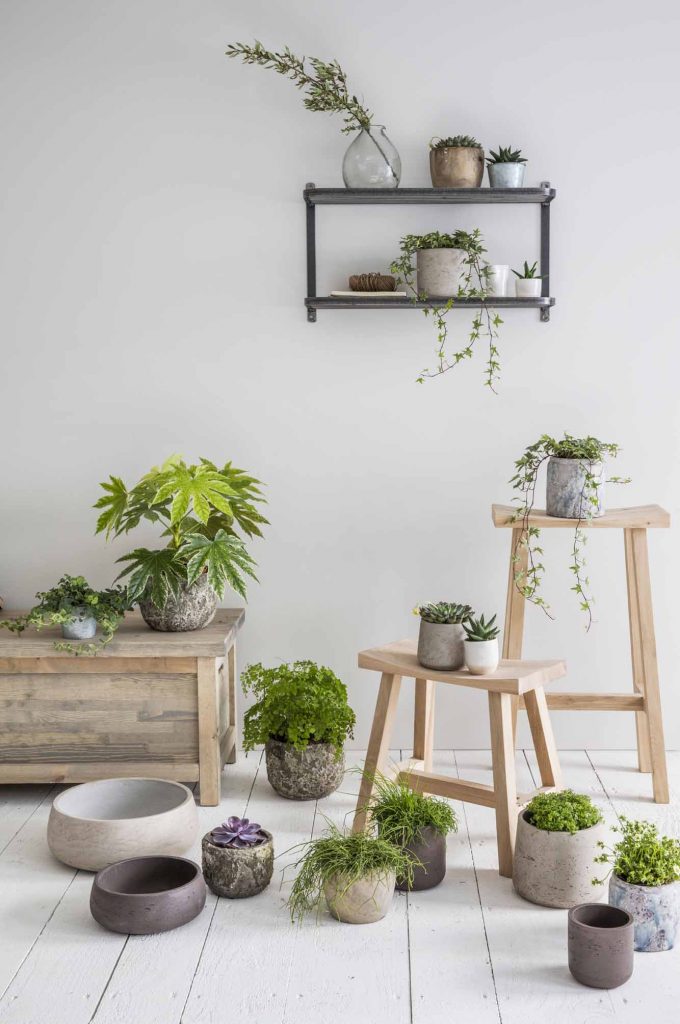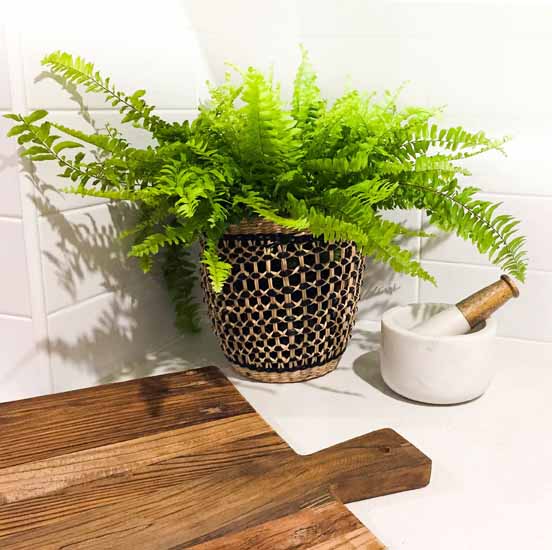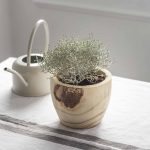If your kitchen is craving a little life and some colour, a few carefully chosen indoor plants could be exactly what you never knew you needed!
Of plants and interiors
You only need to embark on a quick Google search to be convinced of the benefits of indoor plants. They’re great for adding a pop of colour but also have myriad benefits relating to mental health, air quality, your home’s scent, ambience and so much more.
Although indoor greenery will grow well in most spaces in the home, the humidity and warmth of the kitchen create the perfect environment. Most herbs are easy to grown in kitchen spaces with plenty of natural light, and can make meal preparation much easier. If you’re hoping to grow more than just herbs, we’ve got some expert advice on which indoor plants grow best in kitchen spaces and what you need to do to ensure they thrive.
Duty of care
Though indoor plants can be a little easier to care for than their outdoorsy cousins, they do come with their own set of care rules. There’s no one better to ask about all things indoor plants than an industry expert, so we approached Bunnings Greenlife buyer Katie Eggleton for some indoor plant maintenance advice. Here are her top five tips:
- Remember to rotate. Indoor plants typically prefer a warm, well-lit area which might be hard to find in the home. If this is the case, consider rotating your plants throughout the house, utilising different areas.
- Keep it fresh. Turning your plants will help prevent them from growing more foliage than the plant can handle. Be sure to remove any dead leaves to keep your plant looking happy and healthy.
- Humidity can help. A lot of plants prefer humid environments and won’t tolerate a wide variation in temperatures. Avoid placing plants close to air conditioners or heaters as this will dry them out.
- Decent drainage. Good drainage is vital. Use pebbles in the bottom of pots to create better drainage. Alternatively, take your plants outside for a good watering, allowing them to drain before coming back inside.
- Easy on the water. If you love your plants, don’t drown them in water! A light watering every now and then is fine and if you’re unsure, feel the soil and use this as a guide. If it’s wet, don’t water.
Plants in the kitchen
Though most indoor plants are suitable for kitchen spaces, you will find that some thrive more than others in that environment. Our friends at Flower Power have recommended the following plants to inject some life into their kitchen.
Peperomia
Also known as baby rubber plant, peperomia is an evergreen with gorgeous green-to-purple foliage. Though it is tough and hardy, it does like the odd creature comfort, so make sure to place it in a warm, well-lit position.
Tip: Mist during hot weather to create extra humidity.
Bromeliad
This gloriously tropical plant will not only survive indoors, it will thrive in the humidity of a kitchen. It boasts glossy lime-green foliage with vivid, long-lasting flowers and is perfect for brightening up any plain kitchen space. It needs indirect light to prosper, so don’t give it too much or too little.
Tip: Keep the centre rosette filled with water and mist occasionally in warm weather.
Boston fern
This indoor plant is known for being tough and easy to care for, and is easy on the eye too. Their long, graceful fronds fringed with tiny leaves make them ideal for hanging baskets, and also look great cascading out of a pot. They are happiest when placed in cool spaces with filtered light and have moist soil.
Tip: If your Boston fern’s fronds are turning yellow, increase the humidity by misting.
Rhipsalis
Among a group of plants called jungle cactus usually found growing as epiphytes on trees in the rainforest, rhipsalis make unique potted or hanging indoor plants. They love the warmth and humidity in the kitchen and do best with morning sun and full shade in the afternoon. Don’t put the plant directly next to a window where foliage can burn or lead to spotting. Though they should be watered regularly, ensure soil is well draining and dries between watering as they don’t like wet feet.
Tip: Feed once a month with a liquid feed.
























